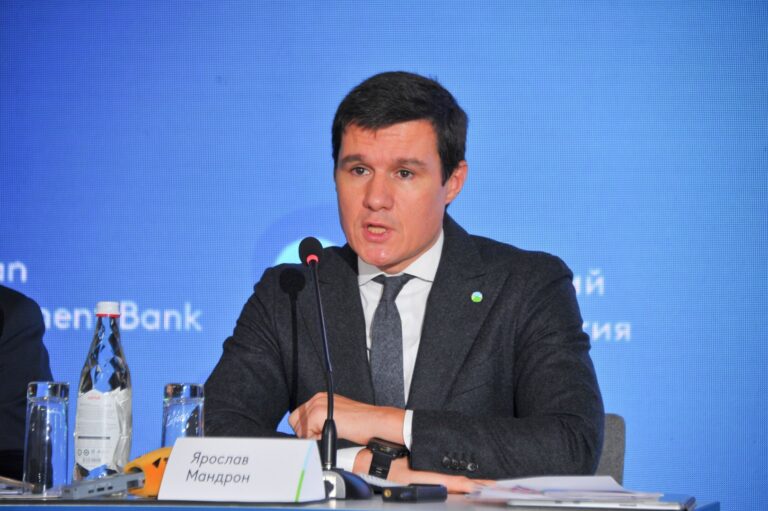
S&P Global Ratings has confirmed Kazakhstan’s long-term sovereign credit rating at ‘BBB-‘ and its short-term rating at ‘A-3,’ with a stable outlook. This rating reflects Kazakhstan’s strong financial position, which helps protect the country from external challenges.
The stable outlook indicates that while Kazakhstan faces some fiscal challenges, such as higher government spending and interest costs, these risks are manageable due to ongoing reforms and the country’s strong financial assets.
However, S&P cautioned that Kazakhstan’s growing domestic debt and reliance on the National Fund to cover budget gaps may strain its finances in the future. The National Fund, which collects revenue from oil exports, will face tighter rules starting in 2026. S&P predicts that Kazakhstan’s government debt will increase to 12% of GDP by 2028, up from a surplus in 2022.

Kazakhstan’s economy remained stable in 2024, largely due to increased government spending and higher oil production. S&P expects the country’s GDP to grow by 4.9% in 2025, supported by more oil production from the Tengiz oil field. The government aims for oil production to reach 96 mln tons in 2025 and 106 mln tons by 2027.
Despite the oil sector’s importance, S&P noted that Kazakhstan’s dependence on oil exports makes it vulnerable to fluctuating oil prices. Kazakhstan exports 80% of its oil through the Caspian Pipeline Consortium (CPC), which runs through Russia. Recent disruptions to the CPC pipeline, including drone attacks, raised concerns about Kazakhstan’s oil exports.
The government is trying to reduce this reliance by developing other export routes, such as the Baku-Tbilisi-Ceyhan (BTC) pipeline, but logistical challenges remain. S&P predicts that growth will slow after 2025 as demand and investment slow down.
Kazakhstan is also working on diversifying its economy through the National Infrastructure Plan, which includes projects in utilities, transport, and water supply. These initiatives aim to reduce the country’s reliance on oil and create long-term growth.

In 2024, Kazakhstan’s fiscal deficit was 4.3% of GDP, higher than the official 2.7%. This gap was filled by one-time transfers from the National Fund and dividends from the Samruk Kazyna sovereign wealth fund. S&P expects the fiscal deficit to drop to 3.7% between 2025 and 2028, thanks to lower spending, a broader tax base, and limits on transfers from the National Fund.
The country’s fiscal future depends on the effective implementation of fiscal rules and continued reforms. How Kazakhstan manages its finances will be key to ensuring long-term economic stability.













